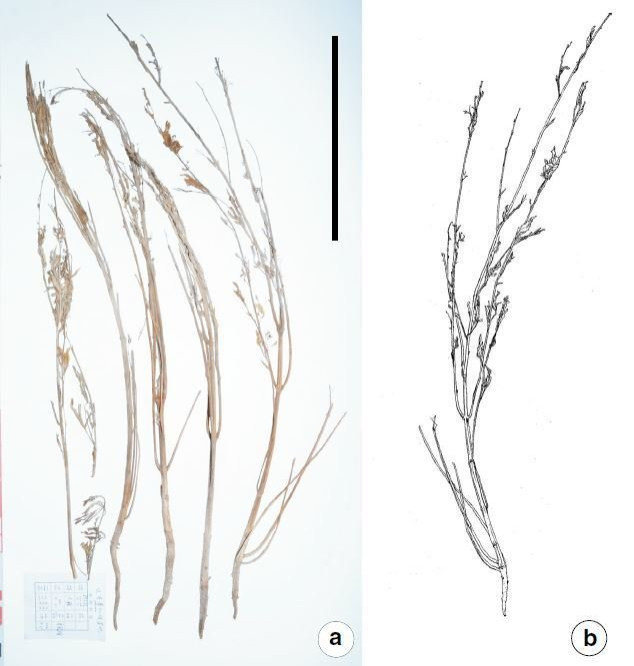Marijuana found buried with dead 'shaman' in ancient Chinese tomb
Researchers believe this and other evidence point to widespread medicinal or ritualistic cannabis use.

Scientists have found 13 cannabis plants placed carefully on a corpse in an ancient tomb in northwest China, indicating that prehistoric humans may have used the plant in rituals or for medicine.
The "extraordinary cache of ancient, well-preserved" female plants were arranged diagonally and placed like a shroud over the body of a dead man, estimated to be about 35 years old , according to a research paper published in Economic Botany. The roots of the plants were placed over his pelvis and the fronds came up to his chin and around his face.
Researchers speculate that the dead man may have been some kind of shaman.
It was the first time entire cannabis plants were discovered in an ancient site.
The tomb was located in the Jiayi cemetery in China's Turpan Basin on the Silk Road, which was dated from between 2,800 and 2,400 years old.
It was one of 240 tombs in the cemetery linked by researchers to the pastoral Subeixi culture which eventually developed a semi-agricultural society.
Evidence of cannabis was also found in other tombs at the site but not to the degree of the 13 intact, carefully arranged plants.
Cannabis has been found at other ancient sites in Siberia and northwestern China, but the origin was unknown because they were only parts of plants.
The newly discovered apparently fresh (at the time) cannabis plants at the burial site suggest the pot was locally grown and harvested in late summer.
Ten years ago scientists also discovered "a large supply of processed female cannabis flowers" in a nearby Yanghai cemetery.
Cannabis seeds were recently discovered in a Siberian tomb of a woman who probably died of breast cancer and may have used cannabis to "cope with the symptoms of her illnesses," the researchers wrote.
Because of the finding, the scientists believe that medicinal and/or ritualistic cannabis use was a "widespread custom among Central Eurasian peoples during the first millennium before the Christian era."
© Copyright IBTimes 2025. All rights reserved.






















